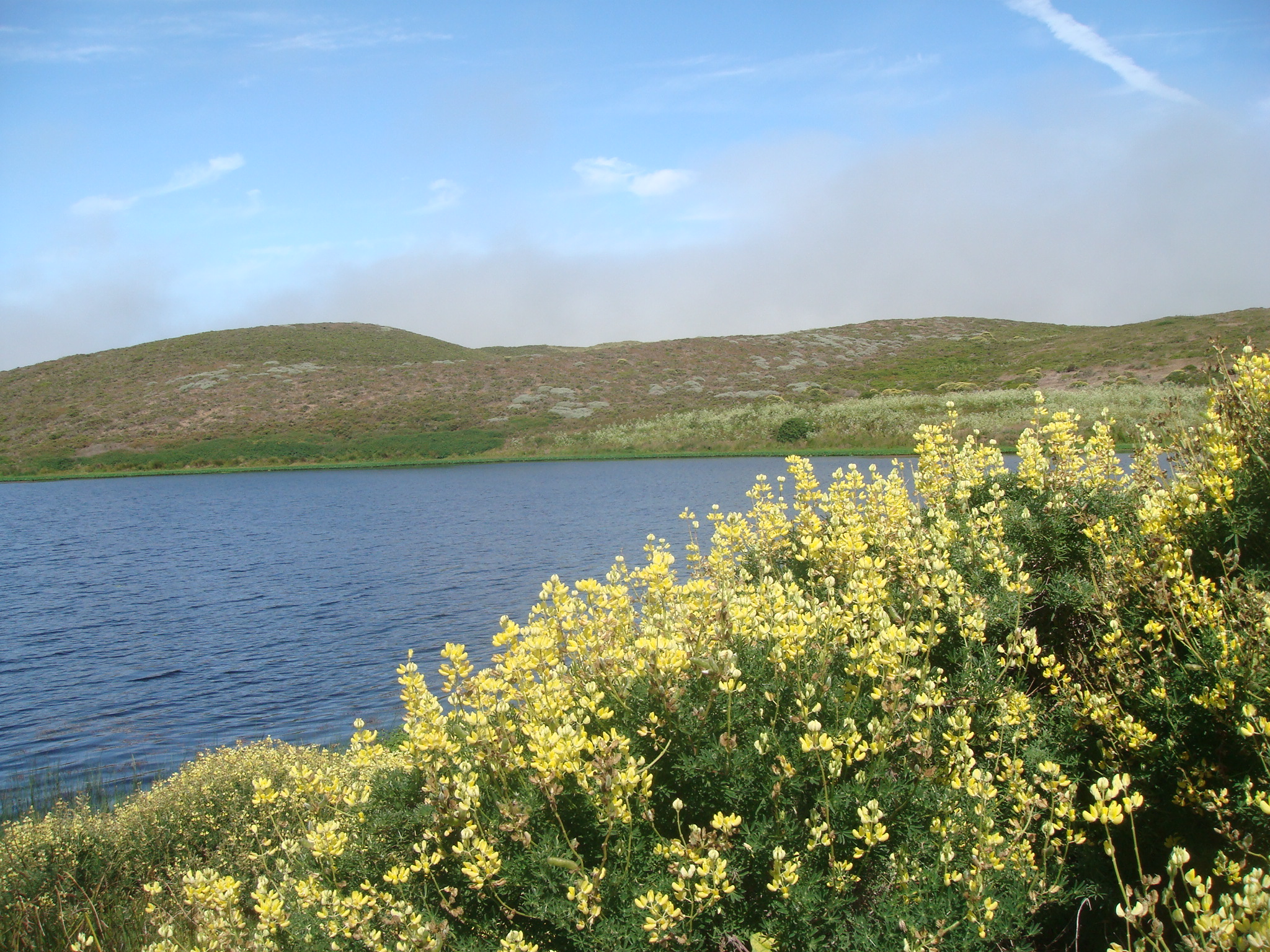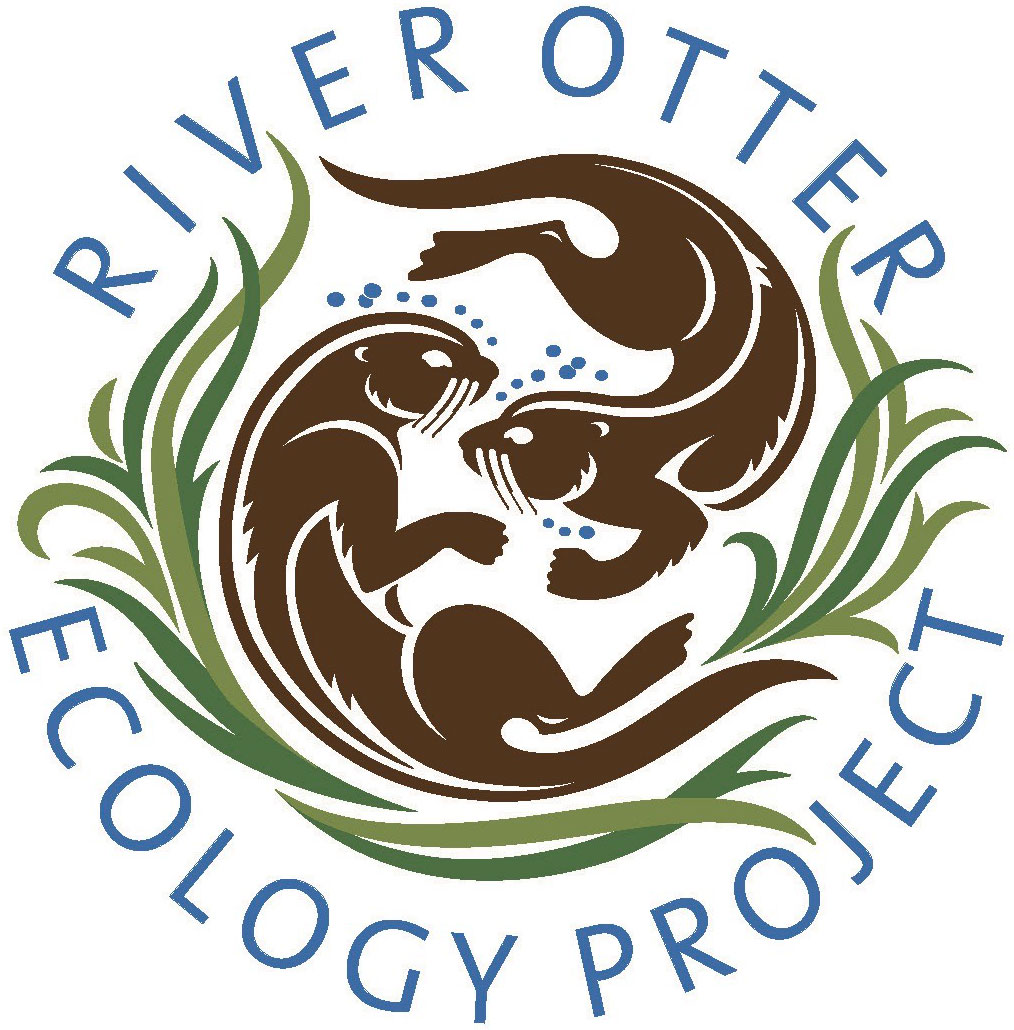
Dear friends,
Point Reyes National Seashore requests and needs your help by November 30. Please join us in submitting concerns and comments about how you would like the park to be managed going forward. Your input will affect what happens to the tule elk, the otters, the ranchers, the cattle, the delicate and endangered species and environmental processes and the people who live, work and recreate in the Seashore. We, the people, must raise our voices to make our wishes known.
Please see the attached material (it’s not long or difficult). The National Parks belong to us, and we all have the right and responsibility to help manage them properly. Point Reyes National Seashore is preparing to make decisions about park management that will affect the natural and human populations who live and use the park for years to decades. The results of this process are being closely watched on a national level. Please, take a few minutes to read and write a comment. Say what’s in your heart and mind. You don’t have to be an expert.
Here’s a step-by-step approach to writing your comment letter:
“The National Park Service (NPS) invites your input into an Environmental Impact Statement (EIS) for a General Management Plan Amendment (GMP Amendment) for Point Reyes National Seashore and the north district of Golden Gate National Recreation Area. The GMP Amendment and EIS will update management guidance for more than 28,000 acres of NPS lands, including all lands currently leased for ranching.
The purpose of the EIS for the General Management Plan Amendment is to establish guidance for the preservation of natural and cultural resources and the management of infrastructure and visitor use within the planning area. The alternatives evaluated in the EIS will also address the future management of tule elk and leased ranch lands.”
The GMPA newsletter and NPS comment portal are here: https://parkplanning.nps.gov/document.cfm?parkID=333&projectID=74313&documentID=91640 This is the portal to comment and the information you need to think about. Your comments will help NPS decide what topics to analyze, what factors should be included in the analysis, and how to balance preservation and enhancement of natural resources such as wildlife, habitat quality, and public access against competing uses of park resources.
It’s critical that your comments express your personal views in your own voice. Template comment letters are bundled together and considered as one comment. If you don’t make your comments personal, you won’t have a voice.
Your letter can be as long or short as you want, but it should include the following parts:
Say who you are and where you live. It doesn’t matter whether you live locally. Point Reyes National Seashore is a National Park, and we all have an interest in how it’s managed.
Say why you’re submitting comments. Do you visit Point Reyes occasionally or often? Is there something about it you value specifically? Have you had particularly memorable experiences there? Do you care about National Parks in general? Why do you care?
Tell NPS what’s important to you, and urge them to include your concerns in their analysis. Is protection of natural resources important to you? How should NPS prioritize protection of natural resources compared to other factors such as protection of agriculture, protection of historical and cultural resources, and visitor use of Point Reyes?
Is habitat protection important to you? You can ask NPS to explain how water quality will be protected and how it can be improved. How will nesting birds be protected in pastures and other areas? What kinds of pesticides and chemicals can be used for weed control and other purposes? Will protective buffers around sensitive areas be adjusted over time in response to changing conditions?
Is agriculture at Point Reyes important to you? Should the ranches and dairies be allowed to continue operating? Should other agricultural uses like row-cropping or raising of chickens, sheep, and goats be allowed? If these uses are allowed, how should NPS deal with impacts they have? Should predator control be allowed?
Is protection of wildlife important to you? How will NPS insure the protection of wildlife from impacts of other park uses?
Are the tule elk important to you? Should the elk be kept separate from pasture lands by whatever means are necessary?
Is climate change important to you? How will the effects of climate change be accounted for in managing park resources now and in the future?
Is public access to park lands important to you? How will NPS insure maximum public access to park lands?
In closing, thank NPS for the opportunity to comment and then summarize in one sentence what’s most important to you.
Megan Isadore, Director of ROEP, sent the following personal comment, which we reprint here as an example:
I’ve lived near PRNS for 20 years, and it’s one of my favorite places on this planet. I simply love it. I feel the land rolling out before me to the sea the way I feel my own breath moving through my body, and I feel it’s that important to my life. When I see a coyote with mange, I hurt. When I see an elk with barbed wire caught on his antlers, I fret and worry. When I see cattle stomping all over our fragile dunes and wetlands, I ache for the injury to the land. When I see ravens following threshers to pick off the injured birds left behind, I’m horrified. When I see ranches unkempt and dirty, with filthy yards sending runoff into our waters, I fear for the fish and water birds. I’m as protective as a mother otter with her young. When I teach the students of Tomales High School, some of whose families have worked those ranches for generations, I worry about what will become of them and of their families. I worry about the substandard housing that many of the ranch workers inhabit and the limited opportunities open to them and to their families. I’m not insensitive nor insensible to the needs of either ranch workers or wildlife.
I’m troubled by some of the possibilities suggested by the GMPA alternatives. I’m most concerned about the protection of natural resources when that goal comes into conflict with protection of ranching interests. I do not want to see ranching activities like row-cropping, chicken, goat and sheep husbandry allowed or encouraged in any way. Wildlife is already at risk in the Park due to ranching activities. Before considering allowing new activities, the Park should analyze their effects and explain how they would be consistent with wildlife protection. If chickens and sheep are allowed, what will happen to the coyotes and bobcats that will prey on them? What about rabbits and row cropping? Are rodenticides used already, and would their use be increased?
Already, Park rules are not followed by some ranchers, and there appears to be little recourse. There should be a transparent process for dealing with this issue, so that the public can be confident that Park resources are being protected. Fences are not maintained as it is; I can’t imagine that increasing allowable ranching activities would do anything but increase those problems and open both ranchers and Park staff to constant additional pressures. The GMPA needs to explain how the Park would deal with those pressure. If it can’t deal with those pressure, additional ranching activities shouldn’t be allowed. Water quality suffers from runoff, but I find no water quality testing results available from PRNS. How will water quality be protected going forward, by whom and how transparent will the process be? What about use of pesticides and fertilizers? How will that be managed and made transparent?
And the elk situation…there is no instance in which I would prioritize managing the elk, or any wildlife in the National Park, for ranching needs. The Park’s mission says that in general, plant and wildlife community needs should to be protected over ranching operations. This is a National Park, and while ranching is a historic use of the park and widely accepted, it has to be compatible with the protection of the park’s wildlife and plant communities. When there’s going to be a collision between ranching and the park’s natural resources, ranching has to yield.
Thank you for the opportunity to comment. Megan Isadore, Forest Knolls, CA
